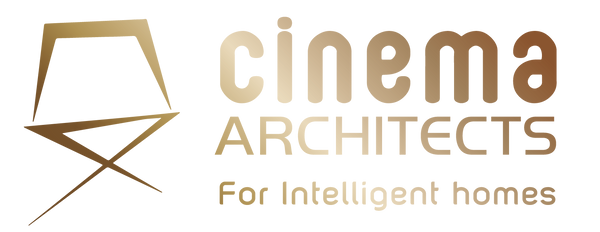History of Home Automation
Home automation, also known as smart home technology, has become an integral part of modern-day living. The idea of automating various aspects of our homes has been around for centuries, and the technology has evolved significantly over the years. In this article, we will take a look at the history of home automation and how it has developed into the technology we know today.
The earliest recorded instance of home automation dates back to the 1800s, when a Scottish inventor named Alexander Bain invented the first electric clock. This was followed by the development of other electrical devices such as the electric doorbell and electric light bulbs. These innovations laid the foundation for the automation of various systems in the home.
The 1900s saw significant advancements in home automation technology, with the invention of the first home security systems. In 1905, the American Telephone and Telegraph Company (AT&T) introduced the first automated home security system, which used telegraph technology to alert homeowners of any break-ins. This technology continued to evolve over the years, with the introduction of motion sensors and closed-circuit television (CCTV) cameras.
The 1950s and 1960s saw a surge in the development of home automation technology, with the introduction of the first remote control systems. In 1955, the first wireless remote control was invented, which allowed users to control their television sets without having to get up from their seats. This technology paved the way for the development of other remote control systems, such as those used to control lighting, heating, and air conditioning systems.
The 1970s and 1980s saw the introduction of the first computer-based home automation systems. These systems were expensive and complex, and only available to a small group of wealthy homeowners. In the 1990s, the technology became more affordable and accessible, with the introduction of the first consumer-level home automation systems.
The 21st century saw a significant increase in the popularity of home automation technology, with the introduction of smart devices and the Internet of Things (IoT). These devices, such as smart thermostats, lighting systems, and security systems, can be controlled remotely using a smartphone app or voice-activated devices such as Amazon Echo or Google Home.
In conclusion, home automation technology has come a long way since its inception in the 1800s. What started with the invention of the electric clock has now evolved into a complex system of interconnected devices that can automate various aspects of our homes. As technology continues to advance, we can expect to see even more sophisticated and user-friendly home automation systems in the future.
Here's an interesting article on Home Automation in South Africa

